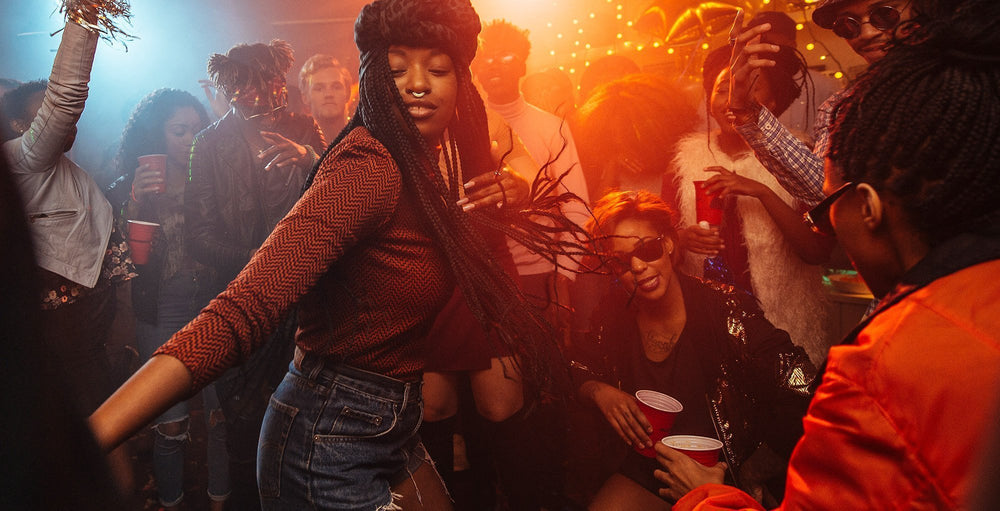
Sets would vary in size from five to six to around 30, and the National Portrait Gallery set is one of the largest to survive. The portraits were decorative but also used to communicate allegiances, personal interests and beliefs at a time when there was an increased interest in the narrative of England’s past. The bold colors and linear style suggest that they were intended to be seen from a distance, in domestic interiors, institutions and civic buildings. Sets of portraits of monarchs were popular in the late 16th century. The portraits previously belonged to the collection of the Duke of Leeds and were purchased by the National Portrait Gallery in 1974, when they were last on display in the Gallery, before being loaned to Montacute House in 1975. The display will include a portrait of William the Conqueror on loan from a similar set in the collection of Dulwich Picture Gallery and will enable two competing versions of a true ‘likeness’ of William I to be seen together. The same template might even be used for several different kings. The result is that while some monarchs, such as Henry VIII can be easily identified, others could be depicted differently from portrait to portrait. The lack of surviving portraits taken from life for the early kings meant that the ‘likeness’ of many of these monarchs was not firmly established. Portraits such as these were often rapidly and cheaply produced based on established patterns derived from woodcuts and engravings.

A number of other links between different portraits in the set have also emerged, such as similarities in the way in which some of the designs have been transferred onto the panels and the fact that several are painted on wood from the same trees. For example, the portraits of Kings Henry I, Stephen, Edward II and John (three of which have distinctive crooked eyes) were almost certainly painted by the same artist. but the analysis has revealed that there are distinctive groups within the set that were produced by the same hand or workshop. Stylistically it is clear that not all 16 portraits were painted by the same artist. However, dendrochronology has revealed that the wood used for the panels of all 16 portraits was felled at around the same date, making it possible that all the portraits in the set were produced around the same time, possibly as early as the 1590s.

Prior to the research it was thought that the set comprised of at least two groups of portraits: the first painted in the 1590s, and the second thought to have been painted in the 1620s.

4, 2011 before being returned to Montacute House.īetween March and May 2011 these paintings underwent technical analysis including dendrochronology (tree-ring dating), infra-red analysis, x-radiography, paint sampling and microscopy. The portraits and the results of the research feature in a display Picturing History: A Portrait Set of Early Kings and Queens from July 19-Dec. The 16 portraits, from William I to Mary I, are usually on loan to Montacute House, Somerset, but have been brought to the National Portrait Gallery as part of the Making Art in Tudor Britain research project. LONDON – One of the largest and most important sets of portraits of early English kings and queens is to go on display at the National Portrait Gallery for the first time in 36 years. Copyrighted image courtesy of National Portrait Gallery.

King Henry II, unknown artist, oil on panel, circa 1620, 22 1/2 in.


 0 kommentar(er)
0 kommentar(er)
